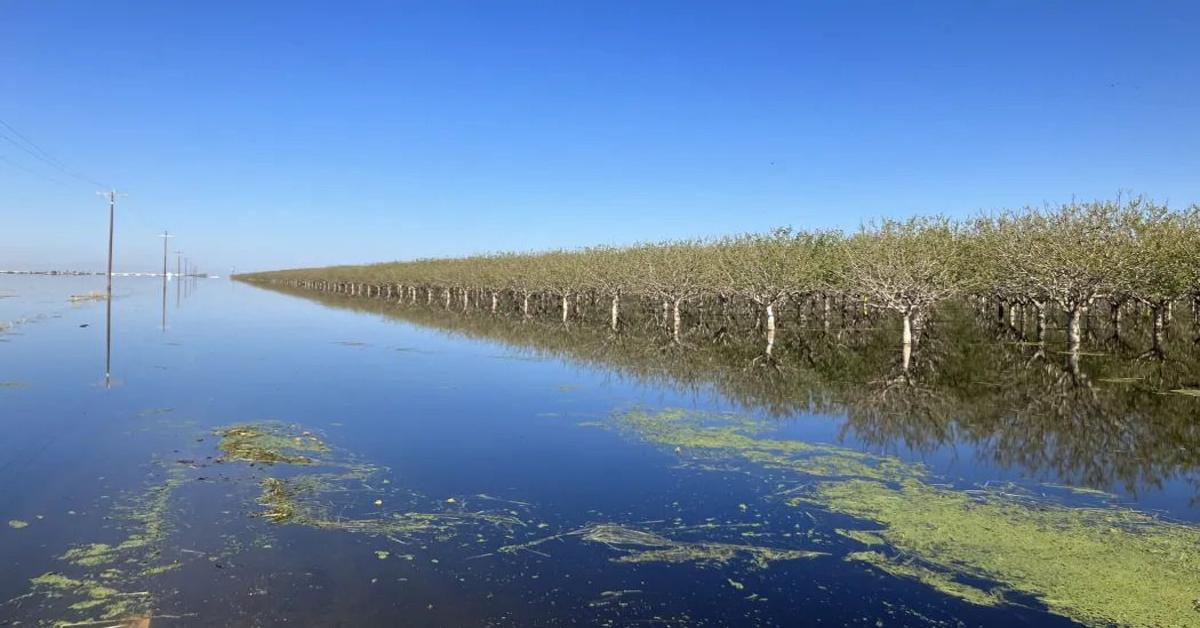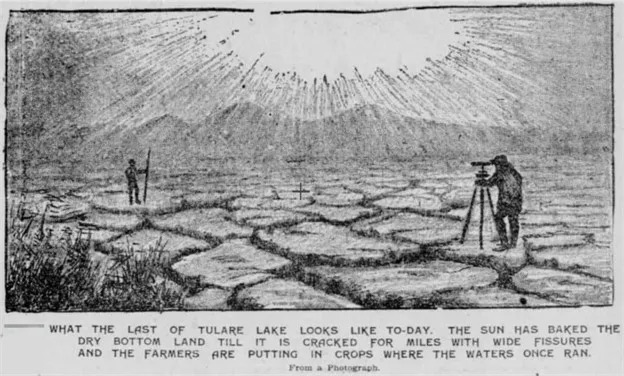
The lake in California, which began disappearing in the 1850s and disappeared completely 130 years ago, is now back in the middle of the arid landscape
California's San Joaquin Valley received little rain in the 19th century, but still had a lake 160 kilometers (100 miles) long and 48 kilometers (30 miles) wide, which disappeared 130 years ago due to "the state of California's desire to take public land and put it into private ownership at a time when flooded land needed to be drained or desert land irrigated to create arable farmland." Now the lake is back.
Northeastern University's research on Lake Tulare, the largest body of freshwater west of the Mississippi River, sheds light on its remarkable resurgence, attributed to atmospheric rivers over California in 2023. This resurgence has significant implications for indigenous communities, wildlife, and agricultural workers in the San Joaquin Valley, prompting further examination of its impacts.

In the 19th century, Tulare Lake, called "Pa'ashi" by the indigenous Tachi Yokut tribe, on which a steamship could transport agricultural supplies across the lake from the Bakersfield area to Fresno and on to San Francisco, was fed primarily by snowmelt in the Sierra Nevada mountains, rather than rainfall.
The research points out the stark contrast between the arid landscape of the San Joaquin Valley and the presence of a significant body of water like Lake Tulare. In the 1800s, Fresno was situated beside a lake, a fact that may be difficult for many modern travelers in the region to envision.
Source: Newsroom